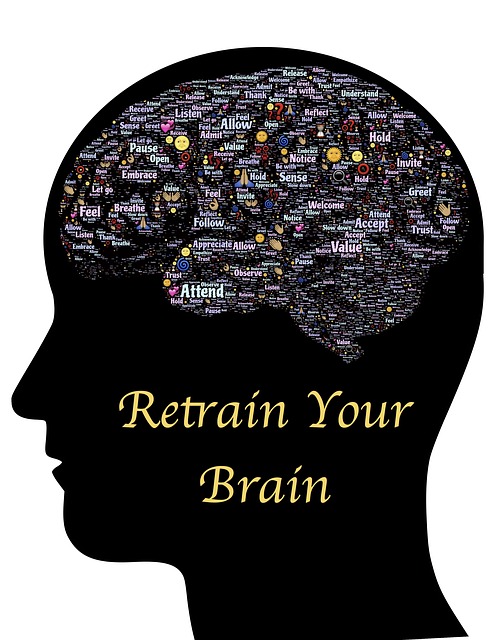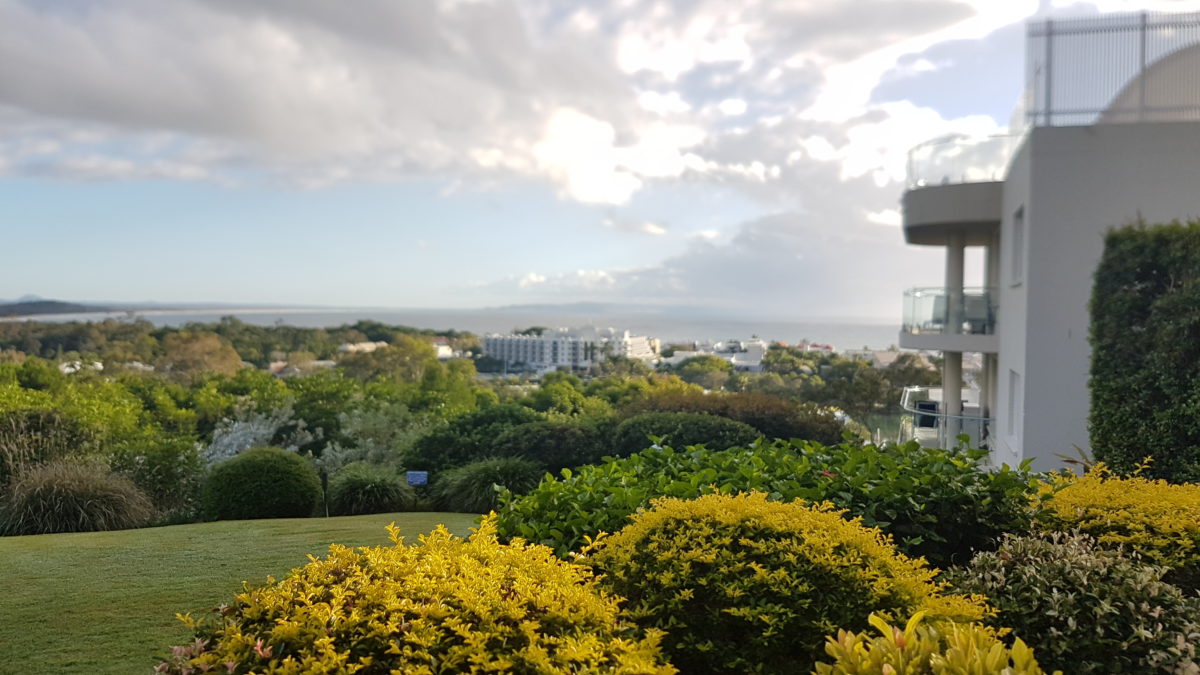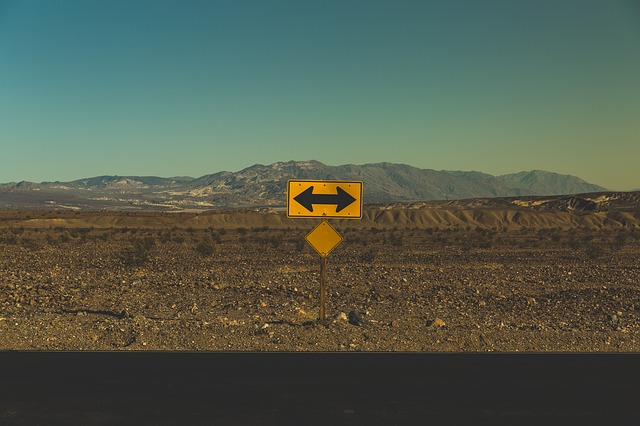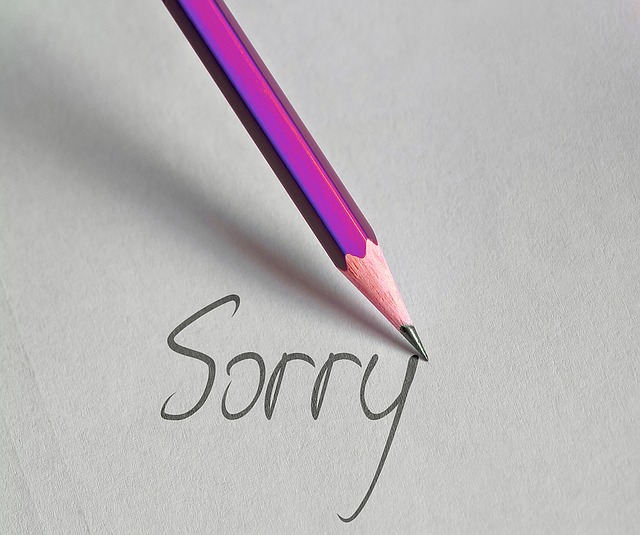Allyson Pimentel, meditation teacher with UCLA’s mindfulness education and research center, offered a guided meditation podcast on the theme, Mindfulness and End of Year Reflections, as part of the weekly meditation podcasts conducted in collaboration with the Hammer Museum. In the podcast, Allyson drew on the work of Amanda Gorman, appointed the first US National Youth Poet Laureate in 2017.
Amanda also wrote and delivered the Presidential inauguration poem, The Hill We Climb, for the inauguration of President Joe Biden. In her poem, Amanda encourages us to acknowledge the past – the pains, divisions and the victories over challenges. At the same time, she exhorts us to see the light in our past difficulties – despite the grief, hurt and tiredness – and to recognize the growth, the hope and persistence we displayed. In looking to the future, Amanda encourages us to “rebuild, reconcile and recover” and reminds us that “to put our future first, we must first put our differences aside”.
In the introduction to her guided meditation, Allyson draws on Amanda’s latest book of poems, Call Us What We Carry, to inspire reflection and forward planning. In particular, she focuses on the poem, What We Carry, which in Allyson’s words “captures the essence of mindfulness”. The poem grounds us in the dampness of the earth and reminds us that even what is grimy, mired and marred can be a gift and a source of wonder (a perspective we experienced as children sitting on the ground or the grass or playing on the river’s edge). Amanda reassures us that even if we are not clear about “what we have left behind”, we are enough “for what we have left” in our life.
Guided meditation as an end of year reflection
At the outset, Allyson encourages us to become grounded in the present moment – being conscious of whatever we bring to the meditation including our aches and pains, reticence or excitement, readiness or unease. She acknowledges at the outset that there are times when stability of presence and its associated calm and quietness are not readily accessible – but still encourages us to try to relax and focus.
The next stage of the guided meditation involves focusing on the sounds both within us and around us. Within us, it could be the sound of our outbreath, ringing in our ears, or the rumbling of a hungry stomach or upset microbiome. The sounds surrounding us could be traffic noise, birds singing, the rustling of trees, the cough of a family member, music from our neighbour or footsteps on the stairs to our meditation place. Allyson encourages us to tune into the sounds without interpretation or any effort to control or edit them.
Next, we are encouraged to place an upturned palm on our lap – symbolic of openness to all that we have experienced in the past year. Allyson draws on the words of Amanda’s poem to suggest that our palms are “open but unemptied”. We can focus on the past year with its achievements, challenges and set-backs – looking clearly at the things we have done that we are proud of and those we wished we hadn’t been engaged in. We are challenged to look at both our successes and failures, our compassion towards others as well as our unkind words and actions.
As we reflect over our past words and actions, Allyson encourages us to turn our palm downwards on our lap and draw on the warmth and reassurance of our body. This is symbolic of receiving self-love and kindness towards ourself as well as forgiveness. We can tune into the bodily sensations flowing from this sensory experience of acceptance and support.
Finally, Allyson encourages us to think about “how we wish to walk into tomorrow” – to decide how we are going to turn up in the world. This decision can be informed by what we were dissatisfied in relation to our words and actions in the past.
Reflection
At the outset of the podcast, Alyson reminds us that mindfulness and the Hammer Museum have a common goal “to bring the light of awareness” to every aspect of our lives, including our experiences of art, poetry, music, disillusionment, joy, relationships, inspiration and wonder. She expresses the hope that as we grow in mindfulness through meditation and reflection, we can live with more justice, a sense of openness and spaciousness, and a feeling of being strongly grounded and in control of our emotions, however difficult.
Amanda Gorman offers both enlightenment and hope and the firm belief that we can rise to the occasion of positively shaping the future for the generations to come – a future that is not built on division but on our connectedness and interdependence. Diana Winston encourages us to bring intention to our New Year resolution, while Leo Babauta suggests that focusing on a single resolve, such as daily mindfulness practice, can have flow-on effects to many facets of our lives.
______________________________
Image by Sasin Tipchai from Pixabay
By Ron Passfield – Copyright (Creative Commons license, Attribution–Non Commercial–No Derivatives)
Disclosure: If you purchase a product through this site, I may earn a commission which will help to pay for the site, the associated Meetup group, and the resources to support the blog.









